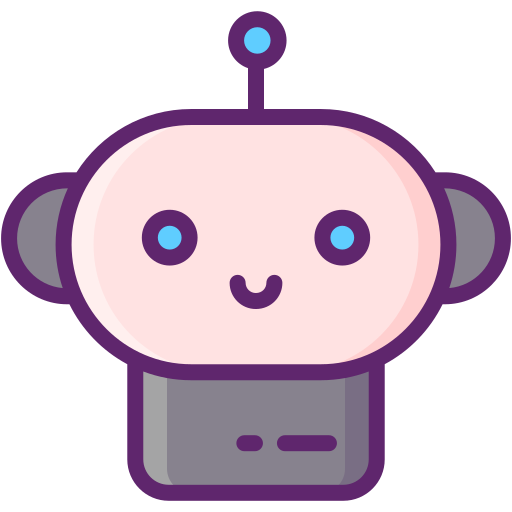Voice assistants have become an integral part of our daily lives — from setting reminders and answering questions to controlling smart home devices with simple commands. These AI-powered tools make technology more accessible, hands-free, and conversational, transforming how we interact with digital devices.
🔍 Definition
A voice assistant is an AI-powered virtual assistant that recognizes and responds to spoken commands. It uses natural language processing (NLP), machine learning (ML), and speech recognition to understand user requests and provide accurate responses or perform actions.
In simple terms — you speak, the assistant listens, understands, and responds intelligently.
🧠 How Voice Assistants Work
- Voice Input: The user gives a command (e.g., “Hey Google, turn on the lights”).
- Speech Recognition: The assistant converts spoken words into digital text.
- Natural Language Understanding (NLU): It interprets the meaning of your command.
- Action Execution: It retrieves data or triggers an action (like controlling a device or searching online).
- Voice Output: The assistant responds with a human-like voice.
This entire process happens in seconds — often through cloud-based AI servers.
🎤 Popular Voice Assistants in 2025
- Amazon Alexa
- Works with Echo devices.
- Supports a wide range of smart home integrations (lights, ACs, TVs).
- Features “Skills” — third-party apps that expand Alexa’s functionality.
- Example command: “Alexa, play relaxing music.”
- Google Assistant
- Integrated into Google Nest and Android devices.
- Known for accurate answers using Google Search.
- Strong in contextual understanding and multi-language support.
- Example: “Hey Google, what’s the weather in Hyderabad tomorrow?”
- Apple Siri
- Built into iPhones, HomePods, and Macs.
- Works within Apple’s HomeKit ecosystem.
- Prioritizes privacy and integrates with iCloud, Messages, and Apple Music.
- Example: “Hey Siri, remind me to call mom at 6 PM.”
- Samsung Bixby
- Found on Galaxy smartphones and smart appliances.
- Focuses on device control and contextual commands.
- Example: “Hi Bixby, open camera and take a selfie.”
- Microsoft Cortana(limited use now)
- Initially available on Windows and smart speakers.
- Now integrated more as an enterprise productivity assistant within Microsoft 365.
💡 Key Features of Voice Assistants
- Voice Search & Web Queries
- Smart Home Control (lights, locks, thermostats)
- Music & Media Playback
- Reminders, Alarms, and Calendars
- Navigation & Travel Assistance
- Shopping & Online Orders
- Language Translation
- Hands-free Calling and Messaging
🏡 Voice Assistants in Smart Homes
Voice assistants act as the central hub of smart homes. For example:
- “Alexa, turn off all the lights.”
- “Hey Google, set the thermostat to 24°C.”
- “Siri, lock the front door.”
They integrate with devices like smart bulbs, plugs, TVs, ACs, and security cameras, offering seamless automation.
🌟 Benefits
- Hands-Free Convenience: No need to touch your phone or remote.
- Accessibility: Especially useful for elderly or visually impaired users.
- Personalization: Learns your habits and preferences over time.
- Multitasking: Handle multiple tasks with simple voice commands.
- Integration: Connects multiple devices and services under one ecosystem.
⚠️ Challenges and Concerns
- Privacy Risks: Always-listening microphones may raise data concerns.
- Accent Recognition: Accuracy can vary with regional languages or accents.
- Connectivity Dependence: Requires internet for most features.
- Limited Local Language Support: Though improving, still a work in progress in India.
🔮 Future of Voice Assistants
- AI-driven personality — more natural and conversational interactions.
- Offline capabilities — processing commands without internet.
- Multilingual fluency — understanding and responding in Indian languages.
- Deeper IoT integration — controlling every aspect of smart homes, cars, and workplaces.
